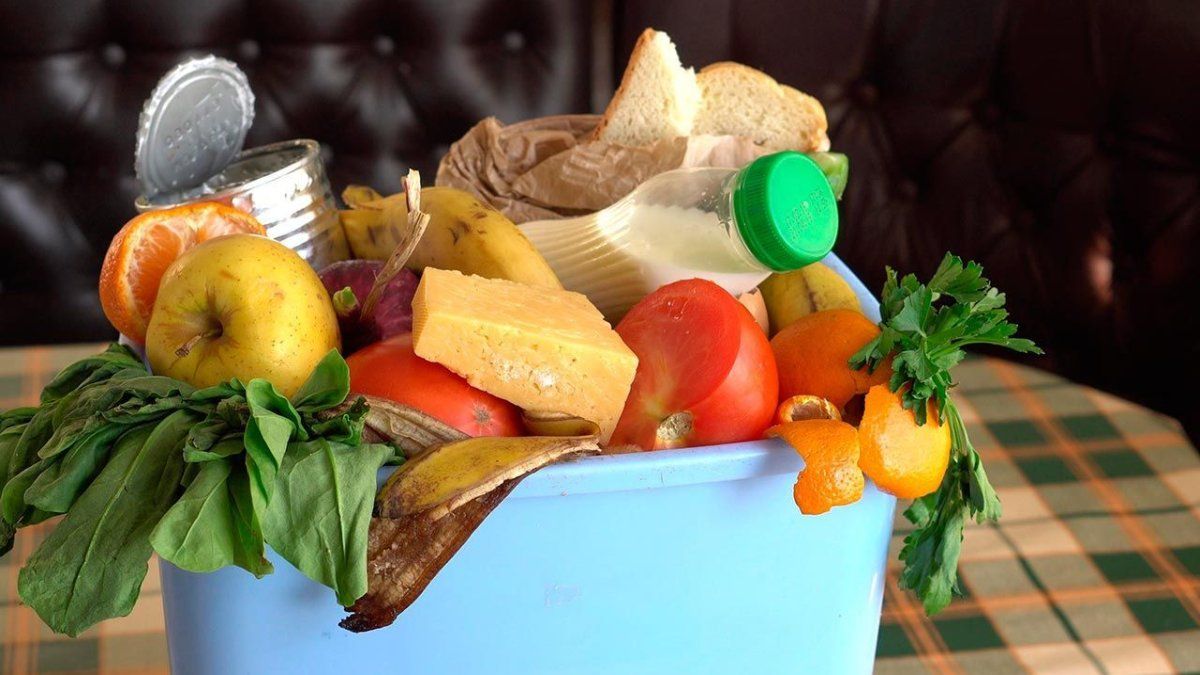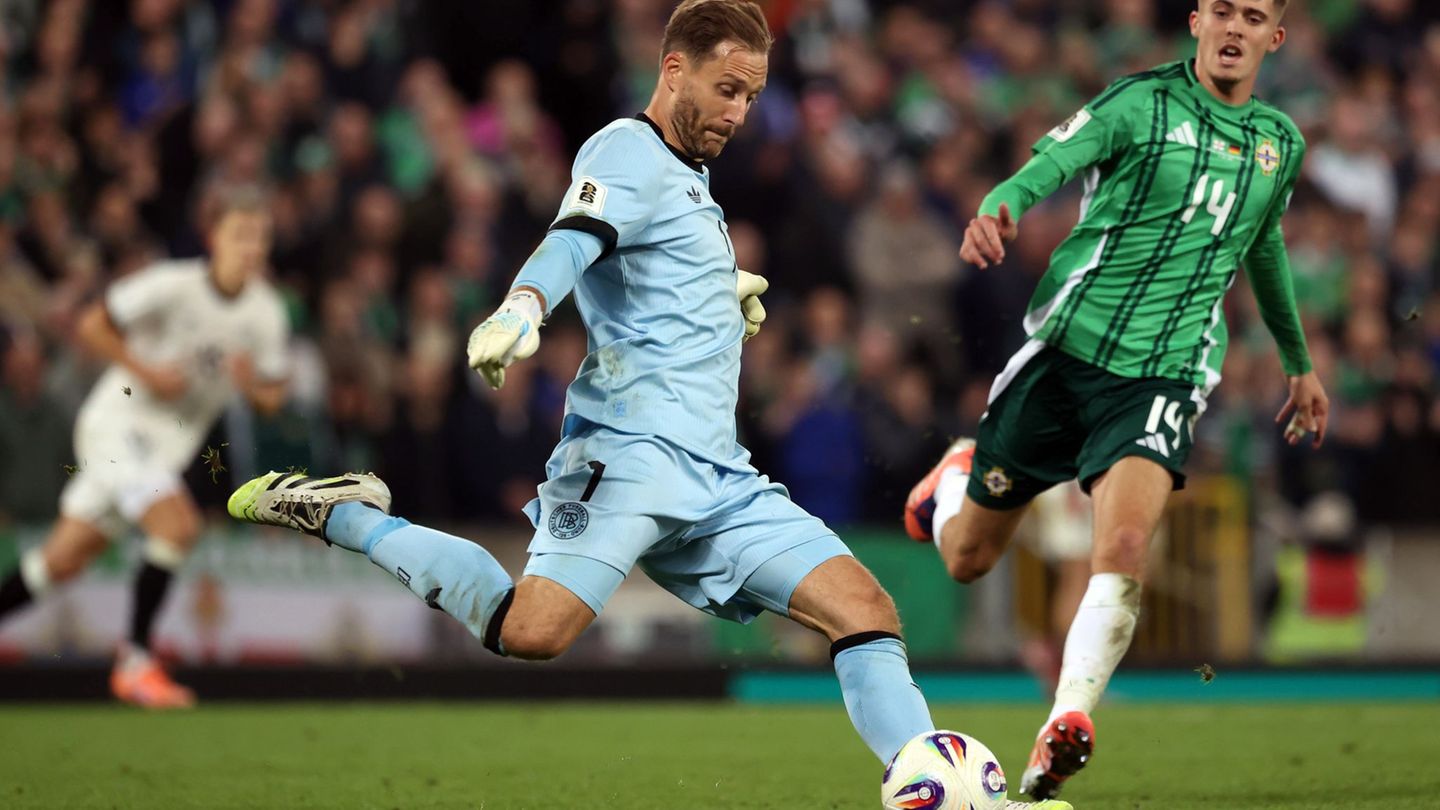The February Consumer Price Index (CPI) was 2.4%, with a visible increase in meat that carried the Basic food basket (CBA) at 3.2%. Since November that inflation remains stagnant at similar levels and economists warn that the recovery of purchasing power is stopped, together with the recovery of mass consumption.
The inflation data corresponding to the month of February was expected to be marked by the item that has the greatest incidence in the CPI: Non -alcoholic food and drinks, which rose 3.2%.
In turn, the massive consumption measured by the consultant Scentia Brand fifteen consecutive months down, being February the last month measured with a year -on -year decrease of -9.8%.
While the first figures indicate a slight intermensual rebound of the goods found in supermarkets and warehouses, the next inflation data, Own an inflationary month like Marchcould discourage the possibility of recovery, by the hand of a slowdown in the improvement of purchasing power.
For Lucio Garay MendezEco Go economist, the increase in consumption is given as long as wages grew above inflation. As the CPI until November marked a slowdown, it generated place to greater purchasing power.
However, 2.4% of November became 2.7% in Decemberdropped to 2.2% in January and returned to the same starting point in February.
“After several months with inflation in the 2.5% areathat we foresee in the consultant to remain for three more months, if there is no devaluation, salaries no longer recover purchasing power as before”, Warns the economist.
In turn, Garay Mendez indicates that retirement salaries that are indexed “buy the same as the previous month and do not have much margin of improvement.” The informal sectors and the public sector “are lagging behind in this fight” and the increases they have “They are even further from recovering purchasing power with inflation that is accommodated above 2%”, Details the member of Eco Go.
“With the excuse of maintaining the fiscal surplus and anchoring the prices of the economy, salaries suffer double because they are the adjustment variable, in a context where the general level published by INDEC does not respond to the decline of the ‘Crawling Peg’, which is already effective more than a month and a half,” concludes the member of the Marine consultant Dal Poggetto.
The meat will remain with a statistical drag that would mark the pulse of the March inflation
For its part, Gonzalo CarreraEconomist of the consultant balances, indicates that March will maintain a level of CPI similar to February, around 2.5%.
“While the meat rise is in a lower rate than what was in February, which ended up rising above 7.5%, in March it left a very high drag, that is, It is difficult not to close up of 3% or 4% monthlyconsidering that it weighs a lot in the food index, ”warns the economist.
At the same time, it adds that after six months in a row deflation of vegetables, these foods “are already beginning to react.” “Everything is aimed so that food and drinks closes above 3% in March and that would give a pause in salary recovery”, Analyzes in front of the consultant of this medium.
This is why he concludes that in the Bimester February-March “A very strong consumption recovery would not be seen, rather the opposite”
Anyway, Carrera also explains that food during the second half of the year “had been very cheaper” in relation to services, generating a change of composition in household spending. “I think, although in March some services, such as education, they usually lead inflation, There is a process where they are slowly descending, by the hand of the nominality and the peers”, Says the economist.
Source: Ambito




